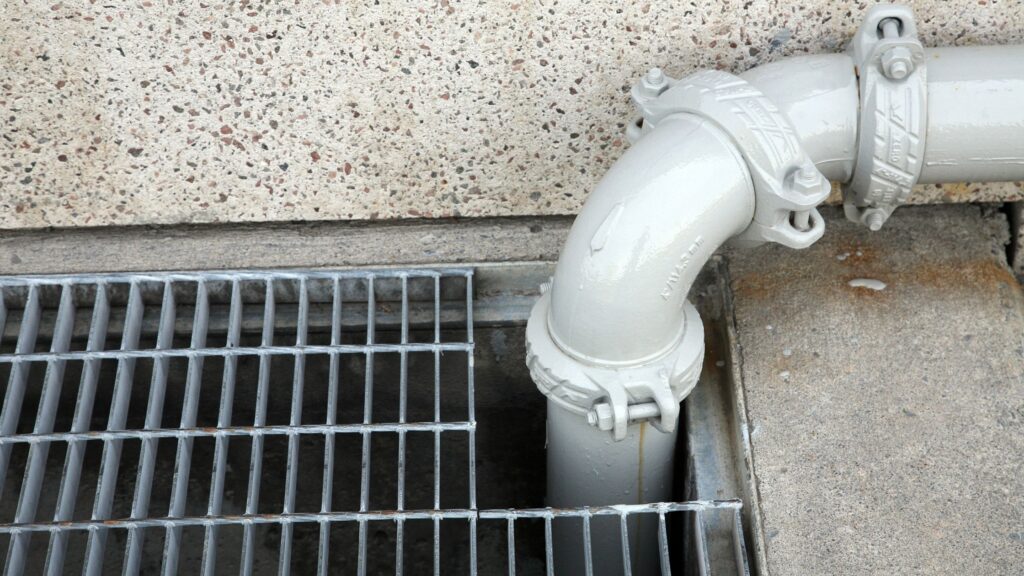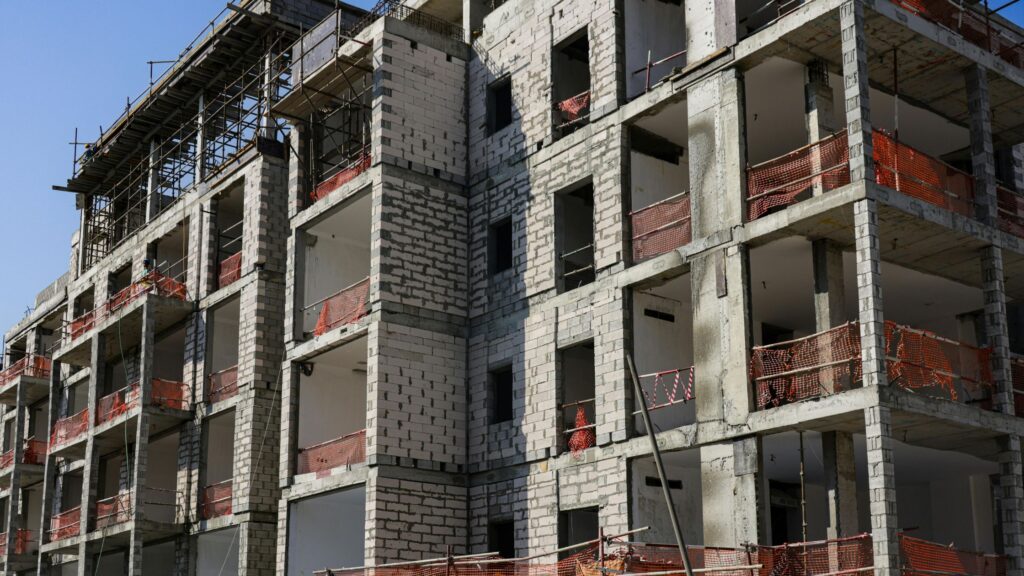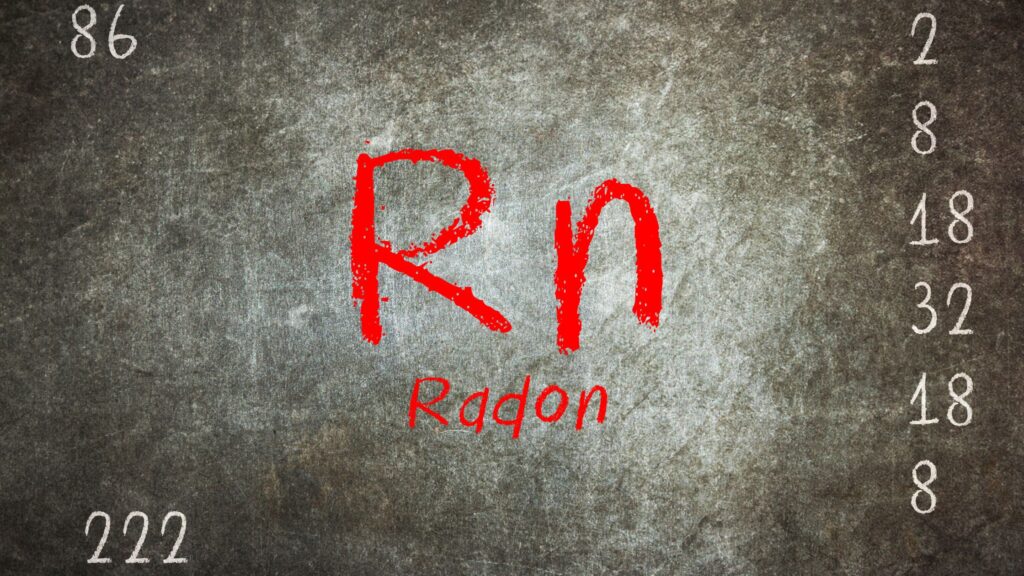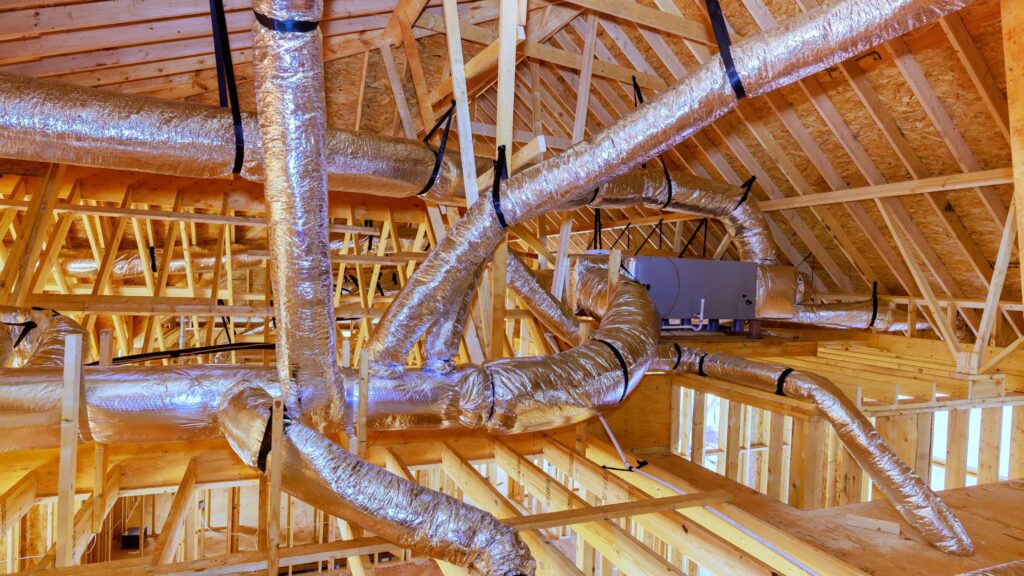Radon is a dangerous gas that can accumulate in your home, posing serious health risks. One of the most crucial systems for mitigating radon exposure is the radon vent pipe. This article will guide you through the essential requirements for installing and maintaining a radon vent pipe that meets safety standards, ensuring the protection of your home and family.
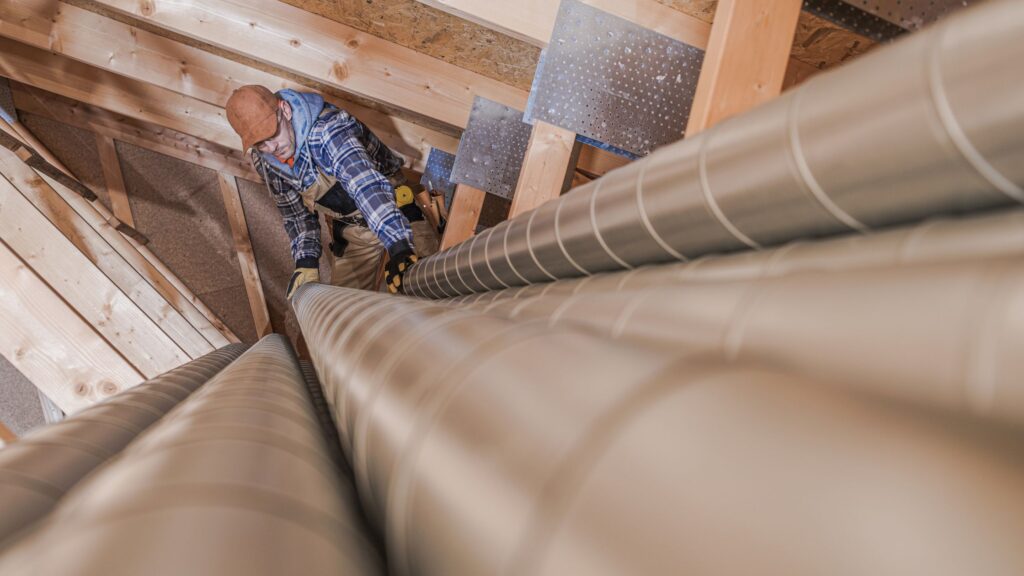
Why Radon Vent Pipes Are Necessary
Radon is an odorless, colorless gas that naturally occurs in soil, rock, and water. It can seep into homes through cracks in foundations and floors. Radon vent pipes expel radon gas from beneath the home and direct it safely outside, reducing the risk of exposure. Without an effective radon mitigation system, radon levels can rise over time, potentially reaching dangerous concentrations.
Key Benefits of Radon Vent Pipes:
- Reduces radon concentration inside the home
- Provides continuous expulsion of gas
- Prevents dangerous radon buildup, especially in areas with high radon levels in the soil
Proper installation of a radon vent pipe ensures the gas is safely vented outside, protecting your family from exposure.
Essential Requirements for Radon Vent Pipe Installation
For your radon mitigation system to function properly, the following key factors must be considered during installation:
A) Pipe Material:
- PVC Schedule 40: The most common choice, durable and gas-tight, offering long-lasting performance and easy installation.
- Other Materials: ABS, polyethylene, or other approved options can be used based on local regulations for durability.
B) Diameter Requirements:
- Minimum Size: A 3-inch diameter is required for effective radon removal. Larger pipes may be needed for higher radon levels.
C) Length and Routing Guidelines:
- Unobstructed Airflow: Ensure the pipe has clear airflow, with vertical runs preferred to improve efficiency.
- Horizontal Runs: Keep horizontal sections short, supported every 6 feet to prevent sagging or blockages.
Positioning the Radon Vent Pipe: Key Considerations
Correct positioning of the vent pipe is crucial to ensure that radon gas doesn’t re-enter your home and that the system operates efficiently. Proper positioning ensures the gas is safely vented away from living areas.
- Discharge Height: The vent pipe should discharge at least 1 foot above the roofline and 10 feet away from nearby openings to prevent radon from re-entering the home and ensure proper airflow.
- Vent Pipe Location: Position the vent pipe at least 10 feet away from windows, doors, or other openings to avoid the gas re-entering the home, maintaining the system’s efficiency.
- Proper Placement Outside: Place the discharge away from nearby buildings or structures to ensure safe venting into the atmosphere without impacting neighboring properties.
By correctly positioning the vent pipe, the system will operate efficiently and effectively mitigate radon risks, reducing the likelihood of radon re-entering your home. Learn more about Radon Ventilation System.
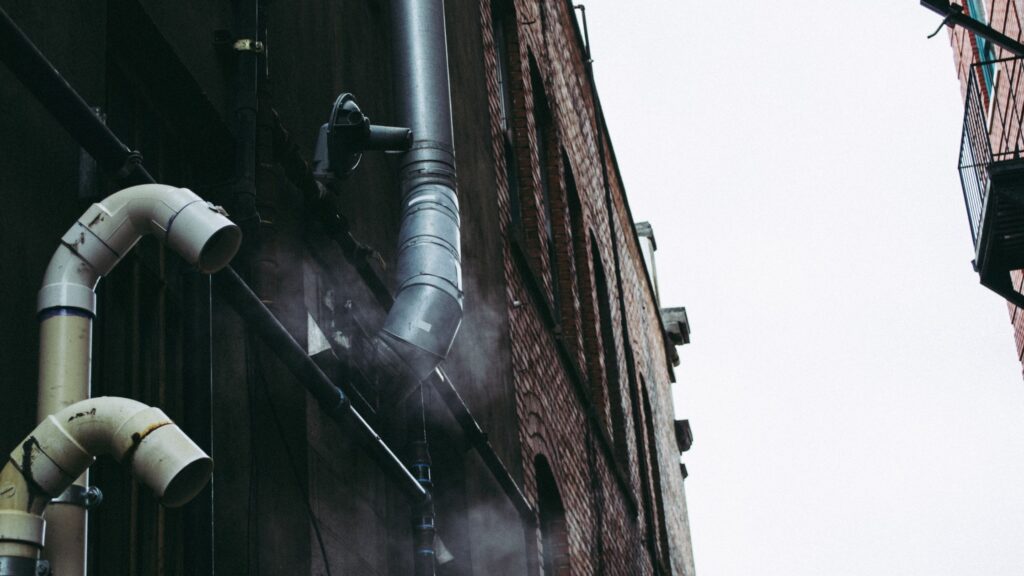
Sealing and Airtightness: Preventing Radon Leakage
Sealing the radon mitigation system properly is essential to prevent leaks, which could compromise the system’s effectiveness. Even small leaks can cause radon to re-enter the living space.
Sealing Joints:
Use radon-safe materials, such as urethane caulk, to seal all joints and fittings. Any penetrations through walls or floors should be sealed properly to prevent radon leakage.
Proper sealing ensures the system remains airtight, preventing radon from seeping back into the home. This step is crucial for maintaining the long-term effectiveness of your radon mitigation system.
Compliance with Local Regulations and Building Codes
Radon mitigation systems must comply with local building codes to ensure they are safe and effective. Compliance ensures the system meets required safety standards.
Regulatory Guidelines:
Familiarize yourself with local and state regulations regarding radon mitigation system installation. These regulations vary by location, building type, and radon risks. Working with professionals ensures full compliance.
Following local building codes ensures your system is up to code and functions as intended, minimizing the risk of improper installation. Non-compliance could lead to issues with home inspections or legal concerns.
Additional Considerations: Radon Mitigation System Maintenance
Once your radon mitigation system is installed, it’s essential to maintain it to ensure continued safety. Regular monitoring of radon levels in your home and annual system checks help identify any potential issues, like malfunctioning fans or leaks. Many radon mitigation professionals offer routine maintenance services to ensure that your system remains effective in the long term.
Conclusion
Proper installation of a radon vent pipe is crucial to protecting your home from radon exposure. Ensure your system meets all the requirements for materials, size, sealing, and compliance to minimize radon risks and maintain a safe living environment.
For professional radon mitigation services, visit DSM Radon. Their experienced team provides tailored radon solutions that ensure the safety of your home and family. Don’t leave your family’s health to chance—trust the experts to help safeguard your home from radon exposure with a properly installed and maintained system. Take action now for long-term peace of mind.
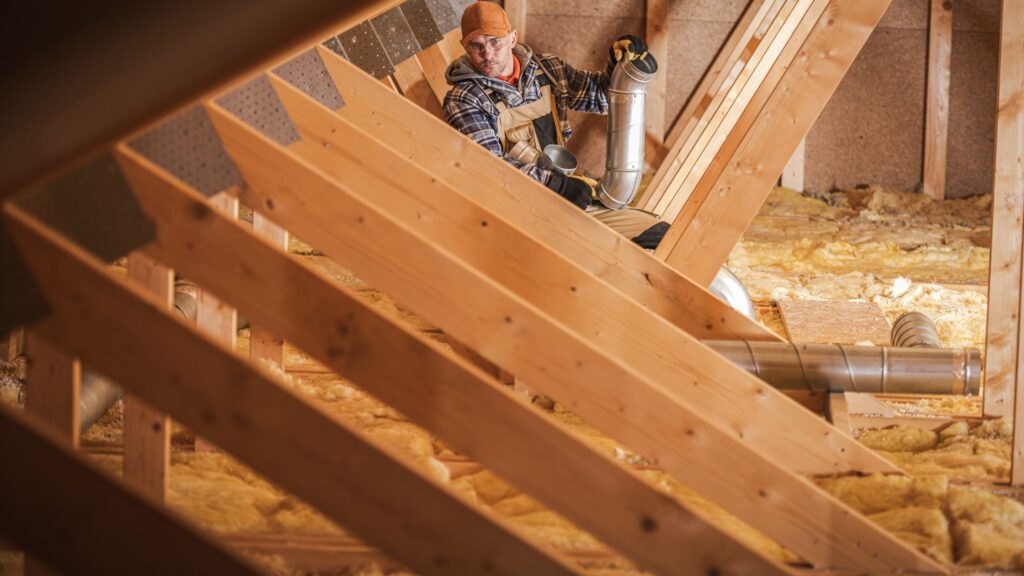
FAQs
1. What is the recommended material for a radon vent pipe?
PVC Schedule 40 is the most common choice for its durability and gas-tight properties, with ABS or polyethylene allowed based on local regulations.
2. How far should the vent pipe discharge be from the roof?
The vent pipe should discharge at least 1 foot above the roofline to ensure optimal venting and prevent any blockage, allowing for proper airflow and efficient radon expulsion.
3. Do I need a fan for my radon mitigation system?
A fan is essential for homes with higher radon levels, as it assists in expelling the gas more efficiently, ensuring a safer indoor environment by increasing airflow and reducing radon concentration.
4. Can I install a radon vent pipe myself?
It’s recommended to consult a professional installer to ensure the system meets safety standards and complies with local building codes.

